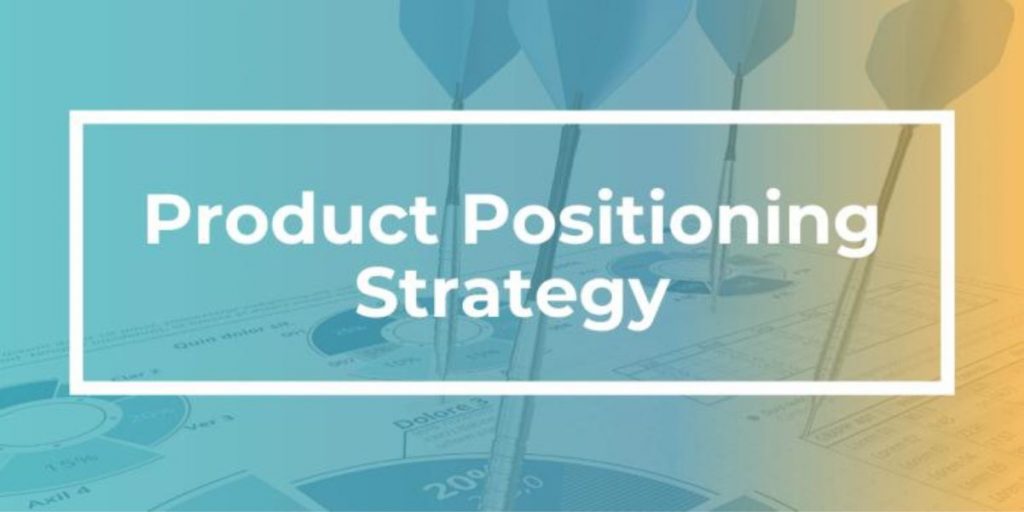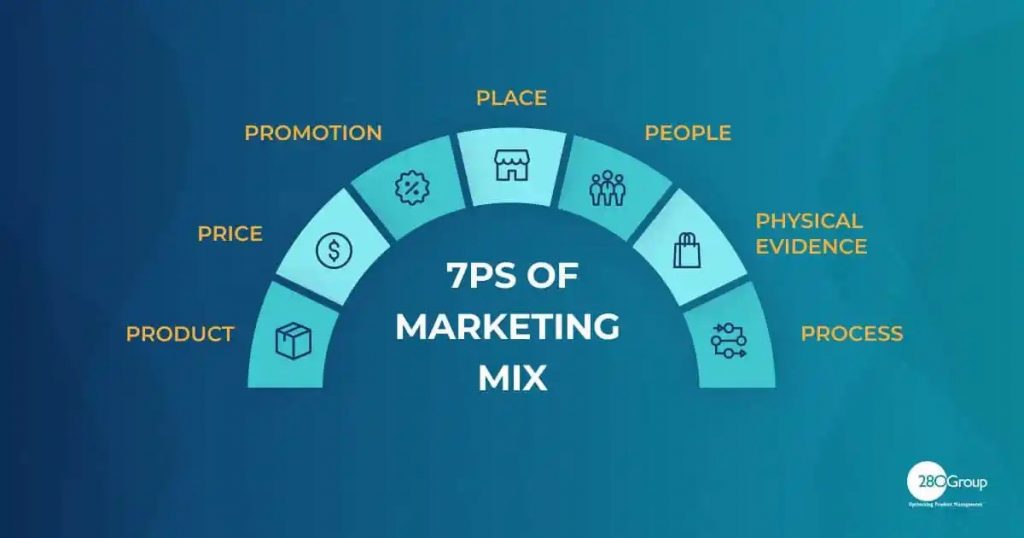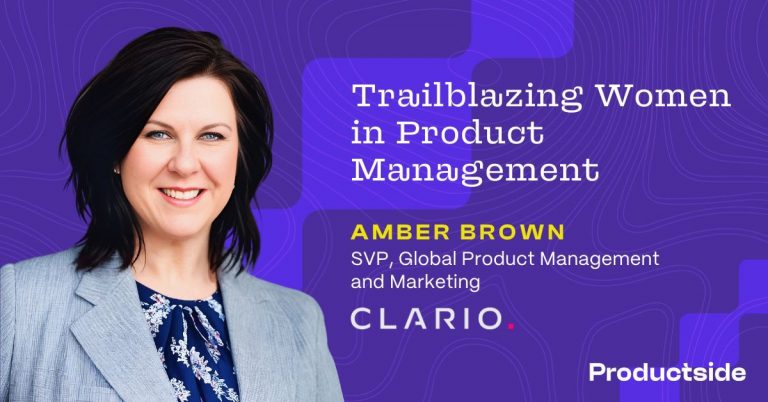
In product management we often talk about positioning statements, value propositions, and the like. But what about plain old “product positioning?”
In this post we’ll explore what “product positioning” really means, why it’s important, and how you can use a positioning statement to make sure you’re getting it right.
TL;DR
- Product positioning refers to what the product means in the mind of the customer.
- Using the “7 P’s” of marketing, you can determine where your product may, (or may not) fit in the market. The 7 P’s being:
- Product
- Price
- Promotion
- Place
- People
- Physical Evidence
- Process
- After assessing with the 7 P’s you can follow a set format that will make it easy to create a “positioning statement” which explicitly and succinctly states your goals for the product and how you intend to approach the market.
Do you remember the release of the PlayStation Classic, the 2018 replica of the original PlayStation video game console? If your answer is no, it’s because it didn’t make it very far in the market. Buyers reported that the technology was too primitive for its high price point, and the console didn’t sell well among the majority of young gamers, because it was marketed toward nostalgic adults who would appreciate the old-school technology and style. Nostalgic adults didn’t buy because the Classic didn’t deliver the nostalgia – the key games that really made the original PlayStation a hit weren’t offered on the Classic.
PlayStation Classic was designed with far too little consideration into product positioning — the most important point of product marketing — and the blunder in sales was a direct result of this glaring oversight.
What is Product Positioning?
Product positioning refers to what the product means in the mind of the customer.
Take for example, Heineken beer. Here in the U.S., Heineken is marketed as a premium, imported beer, so U.S. buyers pay more for it compared to other choices. In the Netherlands, its home country, Heineken is a domestic beer akin to Budweiser (here in the U.S.). Dutch customers don’t pay more for it. The liquid in the bottle is the same in both places. The only difference is its worth in the mind of the U.S. vs. Dutch customer. So, U.S. customers pay more for it. That’s the power of positioning.
So, how do you establish the right product positioning? Product Managers need to develop a positioning statement that highlights the customer benefit of the product and how it will be different from the competition. The product must deliver these benefits, so the positioning statement must align what the product can deliver with the desired place you want it to occupy in the customer’s mind.
Done right, the positioning statement then guides all marketing programs and product planning.
To repeat: The only product positioning that counts is what your customers think of it. If a customer isn’t thinking about your product, it doesn’t occupy the market position you intended.
Using the “7 P’s” of Marketing to Determine Product Positioning
Product positioning helps to define all seven elements in the Marketing Mix: Product, Price, Promotion, Place, People, Physical Evidence, and Process. Let’s examine what each element entails:

Product
For customers, the most important aspect of the product is how it benefits them. To optimize how your target customers perceive your product, prioritize making your product deliver that benefit better than the competition. This requires understanding your prospects and their needs and using this information to develop the right product. In some markets, a product can virtually sell itself, using product-led growth strategies.
Price
Knowing your prospects’ needs and expectations will help you formulate your pricing strategy. If you don’t take that into consideration, your product won’t sell. For example, PlayStation priced their Classic console higher than the competitive products from Nintendo, despite offering less value. On the flip side, you may underprice a product if you don’t know it’s potential value to the target customer. Strategic pricing will determine whether your marketing focuses on quality of your product, or affordability in contrast to competing products.
Promotion/Advertising
Promoting your product includes all activities designed to help you proactively reach potential customers. TV and print ads, social media, and email marketing all fall under the promotion umbrella. It’s important to tailor promotions to appeal to and engage your target customers. Knowing where they are — and where they get their information — is an essential first step. For example, a target audience for a digital product such as a new video game is more likely to engage with in-product ads or promotions delivered via social channels than a full-page spread in a magazine.
Place/Distribution
Market research will help define where and how to sell your products, whether in brand-specific stores, on your company’s website, through third-party retailers, through a sales force, or through some other channel. You must also determine how much direct interaction your company will have with your customers, or if customer service will be handled by channel partners.
People
“People” refers to every aspect of how customers interact with the people at your company, and beyond. It doesn’t end with the initial sale, or even at customer service — customer touchpoints are managed by marketing and operations personnel, and in many cases 3rd party service professionals. Providing your customers with positive interactions at every stage of their journey increases the likelihood that they’ll become loyal customers and brand advocates.
Physical Evidence
Today consumers are experiencing more services in their life, instead of buying physical goods. They subscribe to their music instead of buying CD’s, “rent” their software from the cloud instead of buying it, and even receive “ready to cook” dinner ingredients at home (both a product and a service). Because of this, “physical evidence” has risen as an important way to remind customers of the value of the services they are receiving. Examples include membership cards for auto insurance and loyalty programs, the proliferation of custom and high-end credit card designs, and newsletters (physical or in email). All of these serve as reminders to the consumer that they are receiving value for a service that they otherwise can’t touch. Product Managers need to be sure they have ways to demonstrate their value if they are offering a service that doesn’t have a physical manifestation.
Process
With services or products, having a unique process can also deliver unique value. Examples include the simplified process of ordering and paying for a ride via Lyft or Uber, a simpler process to purchase goods online, and even a consistent process for making a quality cheeseburger every time. Again, Product Managers can use processes to differentiate their value compared to the competition.
These “7 Ps” provide a useful framework for creating and communicating the value behind your product positioning. As you consider your “7 Ps”, you’re ready to build a product positioning statement that summarizes your go-to-market approach.
Building a Positioning Statement
As you strategize your approach using the “7 Ps” framework, you’ll begin to have the information you need to build a product positioning statement, which explicitly and succinctly states your goals for the product and how you intend to approach the market. Often, new products are developed and released with no real vision of the target audience or their place relative to market competitors. The positioning statement addresses this problem by providing a clear structure to follow when building out your product positioning strategy.
Write your product positioning statement using this format:
For (target customer) who (statement of need or opportunity), the (product name) is a (product category) that (key benefit/reason to buy).
Unlike (primary competitive alternative), our product (statement of primary
differentiation).
For (target customer) who (statement of need or opportunity), the (product name) is a (product category) that (key benefit/reason to buy).
Unlike (primary competitive alternative), our product (statement of primary
differentiation).
Positioning Statement Example:
Here’s a positioning statement example for Heineken beer, when sold in the United States:
For beer drinkers who are looking for a mainstream beer that’s a little better than other domestic options, Heineken is an imported beer that offers a European flavor but is still easy to drink.
Unlike craft beers, our product offers a touch of class at a lower price.
Position Your Products Like a Pro
Even with extensive knowledge about product positioning, new questions and challenges will arise throughout product development, and you may need to adjust and fine-tune your approach. 280 Group can help you brush up on your skills, so you have the tools you need to nail product positioning every time and avoid an unsuccessful launch.
Check out 280 Group’s Optimal Product Management course, which dives into the key aspects of creating an effective product positioning statement and strategy. The course includes in-depth lessons on creating a go-to market strategy, leveraging the “7 Ps” in the Marketing Mix, and provides instruction for skills development in branding, pricing, and product messaging.
280 Group’s courses are offered live online with an expert instructor or through online self-guided learning. Get started today!


